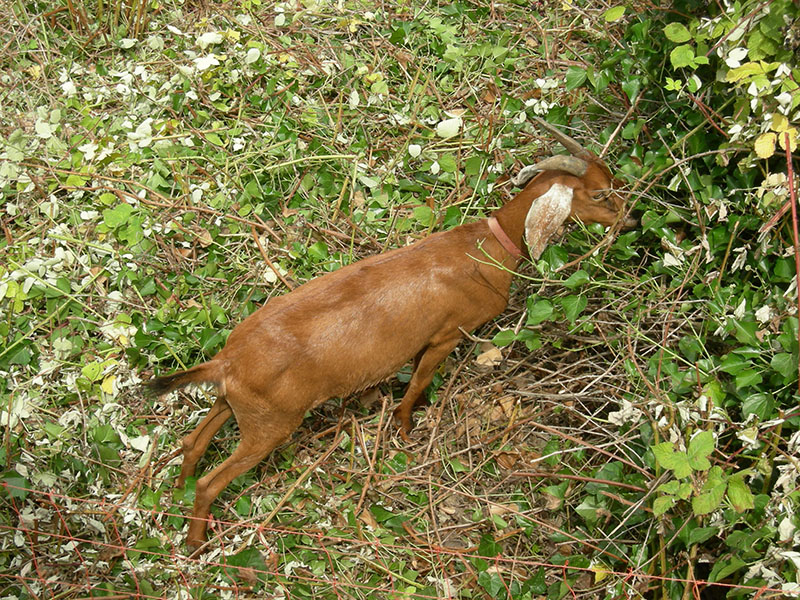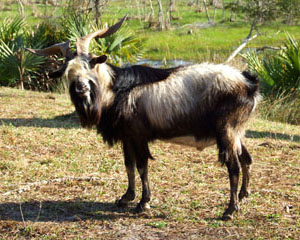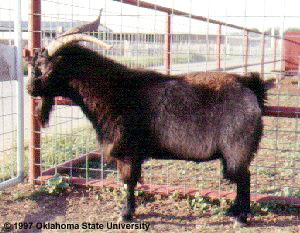Spanish Goats
Goats were a common sight on early European sailing ships. They were desirable because of their relatively small size. They are agile, friendly and capable of eating a much less desirable, and more available, diet than other sources of milk and meat.
When Coronado, DeSoto and other Spanish explorers came to America they brought goats as a meat source. Some of these goats either escaped or were released when alternate meat sources were discovered.
That would have placed the first goats in Oklahoma and Texas in the early 1540s. Pockets of wild goats, descended from these animals, developed for over 400 years before developing this livestock became profitable.
The trend for smaller, more agile goats was dominant in the wild. Small udders were essential. Large udders would be cut up by cactus, thorns, rocks and any number of other obstacles.
These feral goats became known as "Spanish" or "brush goat". Although not of a specific breed ancestry they have developed through natural selection. The term has also become used to describe any goat of unknown ancestry. Most are wild or at least semi-wild. Size varies greatly due to climate, terrain and available breeding stock. Body shape, ear shape, horns, hair and color are not consistent.
Traditionally, in the United States goats have not been considered as a meat source. Ethnic groups have increased in the last few years from areas where goats are a staple in their diet. These recent groups have had the money and influence to attract the owners of wild goats. These owners have begun to change their strategy regarding their goats. Management tactics have been implemented to increase the size and meat characteristics of their animals. New and larger breeding animals, such as the Boer goat, have been imported.
The fat content of the meat is considerably less than beef. America is in need of a healthy red meat source. Producers, consumers and investors are looking at the changes in the animals and the market. The meat goat is capable of becoming the fastest growing livestock animal in quite some time.
References
Ron Yoakum, E-mail: workgoats@gmail.com
The Livestock Conservancy PO Box 477, 33 Hillsboro St, Pittsboro, NC 27312



